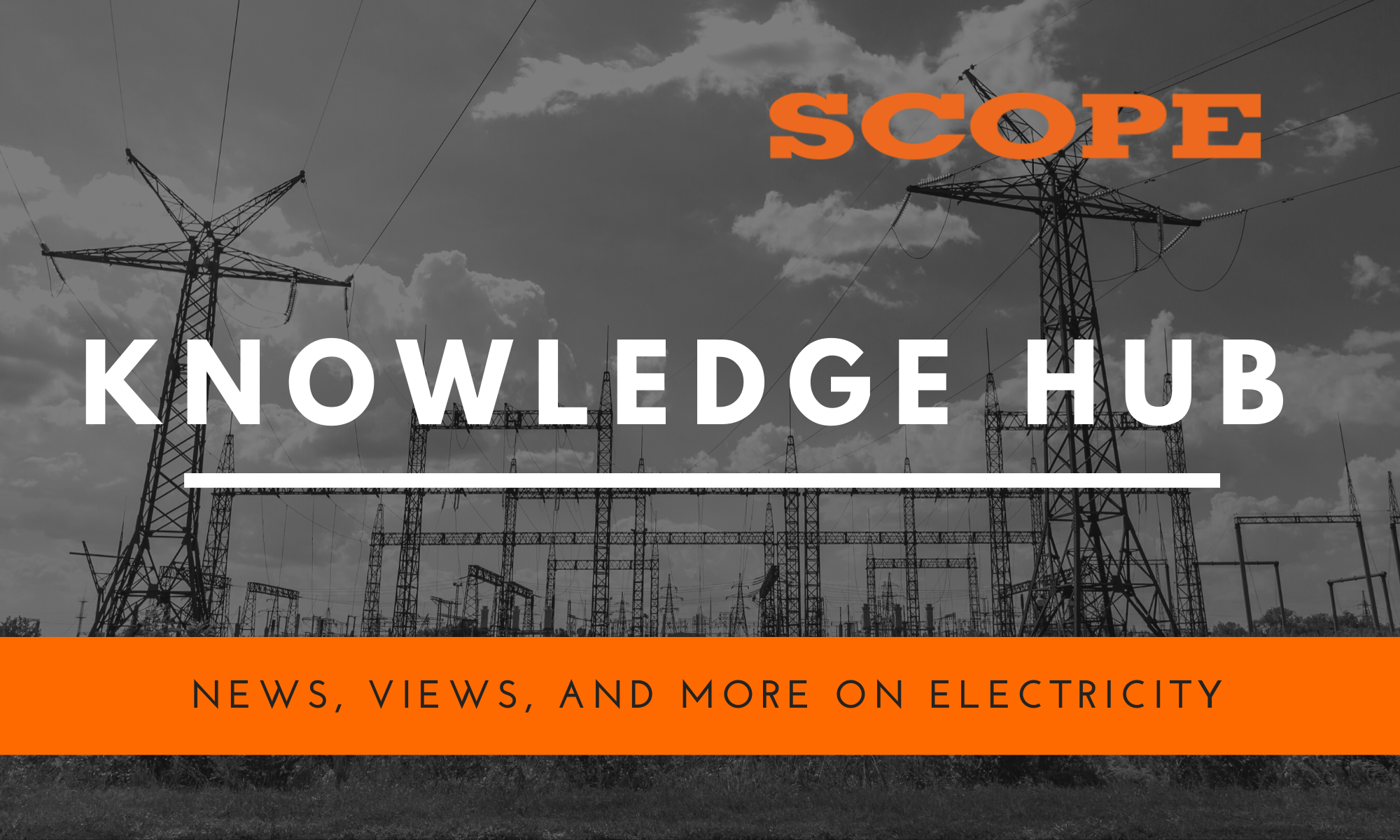
Even after 70 years of India’s independence, the pristine regions of Ladakh and Kargil remained 95% power deficit. This was set to change in 2019 when state-run Power Grid Corporation of India Ltd. (PGCIL) activated its 220/66kV Gas Insulated Substations (GIS) in Leh, Khalsti, Drass and Kargil.
Commissioned as a part of the Hon. Prime Minister Narendra Modi’s ambitious vision of ‘24×7 Power For All’ initiative, these Substations located at an altitude of over 11,500 ft. are widely considered as an engineering feat.
With mercury dipping to as low as -49° Celsius, Drass is the second-coldest inhabited place in the world. Testing and commissioning Substations in such hostile conditions was considered an arduous challenge until PGCIL’s EPC partner KEC International roped in SCOPE’s service arm ISOSCELES Sales & Services Pvt. Ltd. (ISSPL) to cohesively commission the Substations in this difficult geographical terrain.
ISSPL’s Mandate
ISSPL was mandated to cohesively test and commission the 4 substations that consisted of the below major equipment located across Leh, Khalsti, Drass and Kargil:
1) 16.67 MVA 220/66kV ICTs (1 Phase) | Total Count: 22
2) 8.33 MVAR 220kV Single Phase Reactors | Total Count: 8
3) 245kV GIS Bays | Total Count: 26
4) 72.5kV GIS Bays | Total Count: 22
T&M Kits Used
To ensure optimal results, the ISSPL team used the below state-of-the-art T&M Kits designed by SCOPE:
1) HISAC ULTIMA for Dynamic Contact Resistance Measurement (DCRM)
2) Capacitance and Tan Delta Kit
3) Sweep Frequency Response Analysis (SFRA) Kit
4) CT/PT Analyser
5) Insulation Testers
6) Primary Injection Kits
7) Dew Point Meters
8) Turn Ratio Kits
9) Winding Resistance Kits
Working In Sub-zero Temperatures


The hostile terrain, freezing temperatures, high wind speeds, and an oxygen-deficient altitude posed many challenges. The two major challenges that posed the highest risk were transportation and health & safety of the team.
1. Transportation:
Since the main roads leading to the Leh-Ladakh region are partially open only for a few months in the year, the ISSPL team had to meticulously plan every aspect of the transportation of manpower and equipment.
To ensure the timely execution of the project, the ISSPL team opted for the aerial route to transport all T&M equipment.
2. Health & Safety
As an ISO 14001-2015 and 45001-2018 certified organisation, all our business processes strictly adhere to all mandated environment, health and safety (EHS) regulations. While working for this project, ISSPL ensured that the health and safety of all team members was given paramount importance.
Considering the strenuous working conditions, every team member had to undergo a rigorous pre-medical checkup to ascertain their fitness level suitable for working at a high altitude of 11,500 ft. At the project site, the team had instant access to critical medication for high altitude sickness and other first-aid medicines. Further, the team members were frequently reshuffled at regular intervals to prevent any undue strain.
It was precisely because of such stringent safety measures that ISSPL was able to successfully complete the project in time with zero accidents.
The Outcome
On February 3, 2019, Hon. Prime Minister Narendra Modi dedicated the Srinagar-Leh transmission line to the nation. With the transmission system operationalised, the Ladakh region is finally connected to India’s national grid ensuring an uninterrupted electricity supply throughout the year. ISSPL is privileged to be a part of such a momentous nation-building initiative.

